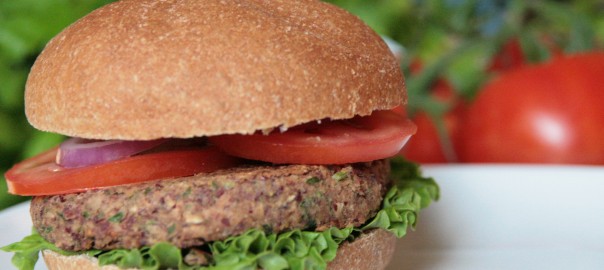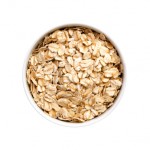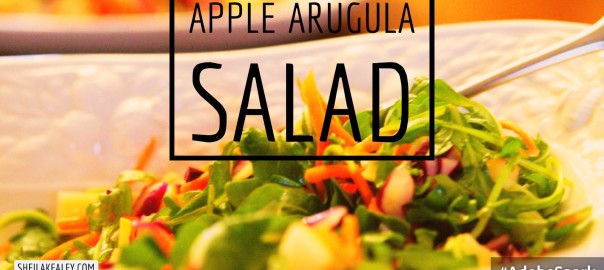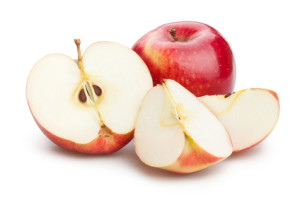This week, read about how being inactive is worse than being overweight or a smoker for women over 30, the best strategies to reduce sports injuries, tips for reducing GI problems while exercising, how fruits and vegetables protect against stroke, how veggies can power muscle contractions, and why you should stick it to diets.
 Physical inactivity most important contributor to heart disease in women older than 30. A new study adds to the emerging field of research finding health consequences to being sedentary. Researchers showed that being sedentary was worse than being overweight or smoking for heart disease risk in Australian women over 30. (Br J Sports Med, May 8, 2014).
Physical inactivity most important contributor to heart disease in women older than 30. A new study adds to the emerging field of research finding health consequences to being sedentary. Researchers showed that being sedentary was worse than being overweight or smoking for heart disease risk in Australian women over 30. (Br J Sports Med, May 8, 2014).
If you’re inactive, it’s not too late to start moving! Plan time into your day to exercise: find activities that you enjoy, and do whatever it takes to make your days active. The health consequences of being “too busy” to exercise are real.
Identifying the best strategies to reduce sports injuries. Most active people typically run into at least a few injuries associated with their activities. What should you do to prevent injuries that sidetrack your training? Researchers from Denmark wanted to determine if certain strategies are better than others to reduce sports injuries. After reviewing 25 studies, they concluded that strength training or proprioception training (balance, coordination, and agility), or a combination of these were effective at reducing injuries by one third to one half: stretching, however, had no benefits for injury prevention. (Br J Sports Med 2014;48:871–877).
This is a review of many studies, which adds to the weight of the evidence: however it’s not possible to consider individual weaknesses or specific training regimes. It’s likely not time to banish stretching from your routine, but if you’re ignoring strength and proprioceptive training, it might be good to start.
Do you have stomach issues while you exercise? You’re not alone. Studies suggest that 30-50% of athletes experience gastrointestinal problems during endurance events. Although research in the area is lacking, a recent study looked at the possible causes of common GI complains and offered guidelines for athletes, including:
-
Avoid high-fiber foods in the day before competition or before strenuous workouts (but keep fiber in your regular training diet!).
-
Avoid aspirin and NSAIDs such as ibuprofen.
-
Avoid high-fructose foods (in particular drinks that are exclusively fructose); fructose and glucose combination may be better tolerated.
-
Avoid dehydration, which can make stomach symptoms worse. S start your race (or training) well hydrated.
The authors also recommend ingesting carbohydrates with sufficient water or choosing drinks with lower carbohydrate concentrations. Always experiment with nutrition strategies before race day. (Sports Medicine Online May 2014)
For more practical advice, read my article on eating before working out.
Stroke prevention without a prescription – eat more fruits and vegetables. A meta-analysis found that eating fruits and vegetables decreased stroke risk. Combining the results of 20 studies conducted in the last 19 years, researchers showed stroke risk decreased by a third for every 200 grams of fruits consumed daily and by 11% for every 200 grams of vegetables eaten each day (200 grams is equivalent to about 2 small apples or 2 cups chopped broccoli) . Fruits and vegetables likely protect from stroke by lowering blood pressure, improving microvascular function, and by decreasing body mass index, waist circumference, cholesterol, inflammation and oxidative stress. Also, fruits and vegetables contribute fiber and important micronutrients without too many calories. (Stroke. published online May 8, 2014).
Veggies can power muscle contraction. A growing body of research is showing that the nitrates in vegetables can promote heart health, and possibly boost exercise endurance. Scientists found that volunteers who supplemented their diets with beet juice (high in dietary nitrates) had more powerful muscle contractions. (Medicine & Science in Sports & Exercise, March 2014.)
I’ve written about the benefits of beet juice for endurance performance here. Scientists use beet juice in studies because it’s easy to control the amount of nitrates and they have an easy placebo (beet juice with nitrates removed). It’s usually a good idea to include a variety of vegetables in your diet: other nitrate-rich veggies include rhubarb, arugula, spinach, celery, cress, chervil, lettuce, beets, chinese cabbage, endive, fennel, kohlrabi, leek, and parsley. And don’t extrapolate these findings to thinking that nitrates in processed meats will help you.
Sticking It to Diets. This is a great interview with Matt Fitzgerald, author of the book Diet Cults. If you’re thinking of “going paleo” or trying another diet you’ve heard about, read this first.
Share This:



 Does kinesio taping work? You may have seen bright “kinesio” tape on Olympic athletes, professional cyclists, and more recently on recreational athletes. Kinesio taping is a popular treatment that physiotherapists and trainers use to help treat musculoskeletal conditions and various athletic injuries. But is it effective? Researchers set out to answer this question by reviewing the results of 12 randomized trials that compared kinesio taping to other treatments (sham taping-placebo, no treatment, exercises, manual therapy, or conventional physiotherapy). They found that overall, kinesio taping had no significant benefit, and the current evidence doesn’t support its use as a treatment modality. (Journal of Physiotherapy, April 2014).
Does kinesio taping work? You may have seen bright “kinesio” tape on Olympic athletes, professional cyclists, and more recently on recreational athletes. Kinesio taping is a popular treatment that physiotherapists and trainers use to help treat musculoskeletal conditions and various athletic injuries. But is it effective? Researchers set out to answer this question by reviewing the results of 12 randomized trials that compared kinesio taping to other treatments (sham taping-placebo, no treatment, exercises, manual therapy, or conventional physiotherapy). They found that overall, kinesio taping had no significant benefit, and the current evidence doesn’t support its use as a treatment modality. (Journal of Physiotherapy, April 2014).



